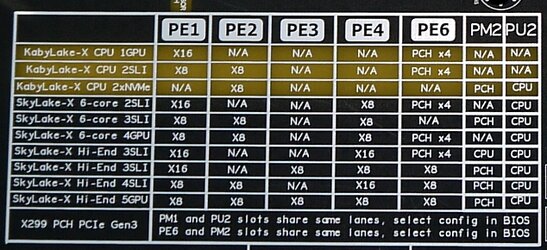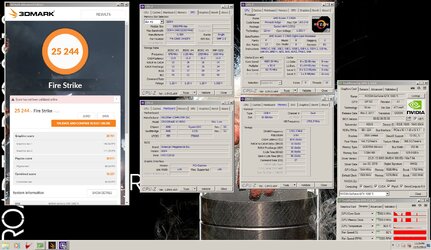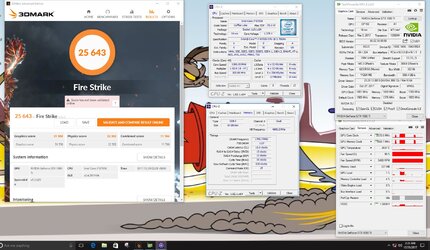I've got a question that really pertains to all mobos, but especially the EVGA x299 Dark I just picked up- I absolutely love it, but then I saw the user manual says that only 1 pcie port runs 16x. All the rest are either 8x or even 4x. I was originally going to use it for a benching project with 4 titan xp's in sli, but now I'm going to use a ROG 370 zenith extreme from asus for said project because I want the increased bandwidth for the cards.
There's a concept that just doesnt make sense to me about all this. If the x299 dark is supposed to be all about performance, why not have two or more pcie slots x 16? I'm wondering if anyone might know a reason this might be. Come to think of it, the most I've seen on high quality mobos with 4 PCIe slots is two 16x slots, why is that? (the only one I've ever seen with more than two is a riserless mining mobo with 8 PCI x 16 slots that can run off a celeron processor.)
Also, this is a very general question, but important for me to understand- when it says pcie x8 that means that whatever card is in that slot will only be able to create half the output as an x16 slot, right?
Thank for your insights. RZ
There's a concept that just doesnt make sense to me about all this. If the x299 dark is supposed to be all about performance, why not have two or more pcie slots x 16? I'm wondering if anyone might know a reason this might be. Come to think of it, the most I've seen on high quality mobos with 4 PCIe slots is two 16x slots, why is that? (the only one I've ever seen with more than two is a riserless mining mobo with 8 PCI x 16 slots that can run off a celeron processor.)
Also, this is a very general question, but important for me to understand- when it says pcie x8 that means that whatever card is in that slot will only be able to create half the output as an x16 slot, right?
Thank for your insights. RZ


